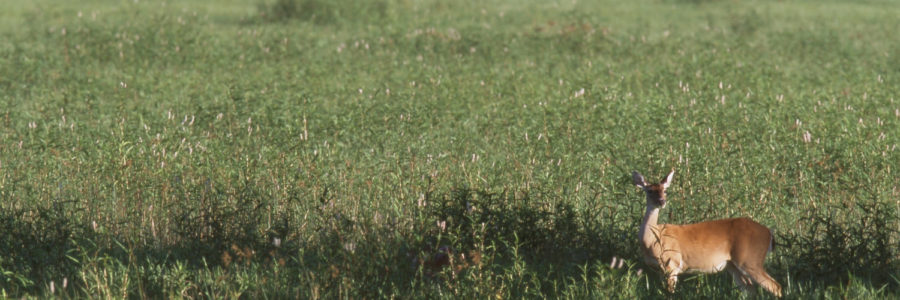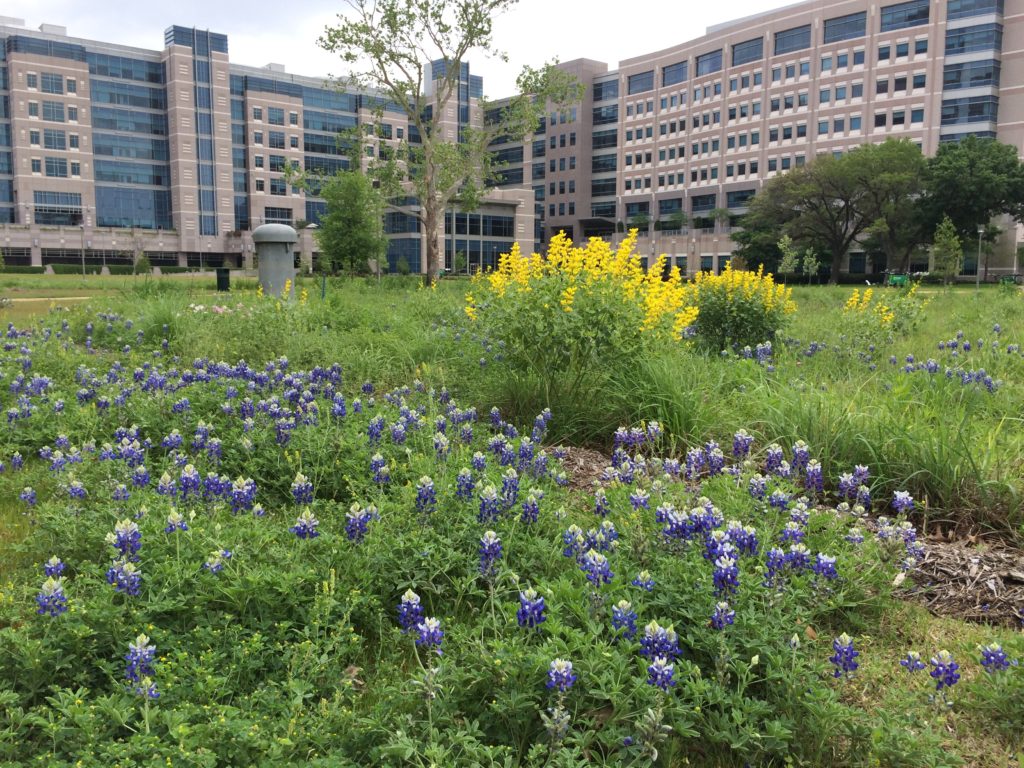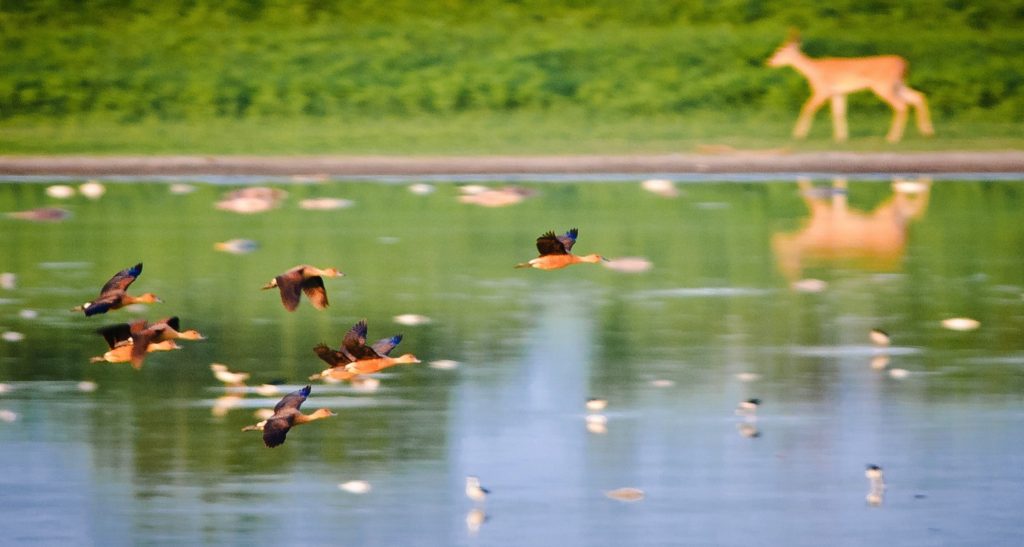
Katy Prairie Conservancy wins Proud Partner Award
The Katy Prairie Conservancy, MD Anderson, and Asakura Robinson received the Proud Partner Award from Keep Houston Beautiful at the 33rd Annual Mayor’s Proud Partners Luncheon for organizations who have demonstrated a commitment to keeping Houston beautiful.

The MD Anderson Prairie project was born in 2012 in response to the demolition of the Houston Main Building at the corner of Holcombe Boulevard and Fannin Avenue in the heart of the Texas Medical Center. The initial plan was to create a large lawn where the prairie currently sits. Dan Butterwick, a now retired Chief Architect with MD Anderson Cancer Center, instead envisioned a wildscape that would beautify the campus and reduce mowing and watering costs.
The MD Anderson landscape and planning teams embraced and expanded this initial vision. Project leaders agreed to move forward with a 1.7-acre prairie restoration and engaged Asakura Robinson to design the planting areas. Asakura Robinson brought the Katy Prairie Conservancy (KPC) into the project in mid-2012 to help select appropriate seeds for the prairie.
The first seeds were sown in August of 2012, followed by seed drilling in native grasses in January of 2013, which resulted in a spectacular blooming period in the fall of 2014. Over the next two years, KPC staffers developed signage and tours to tell the story of the prairie to the MD Anderson community.
The creation of the MD Anderson Prairie has created incredible benefits for the community. The prairie provides critical habitat in the middle of the city for migratory birds, monarch butterflies, and dwindling native bee populations.
Prairie grasses absorb and hold floodwaters, which assist with floodwater management on-site and native grassland soils store carbon, which assists with carbon sequestration.
The prairie has become a place to conduct urban ecology research for local university students – including students from nearby Rice University and the University of Houston.
A growing body of research suggests that access to nature and green open spaces can reduce hospital recovery time. Situated in the heart of the world’s largest medical center, MD Anderson Prairie serves as a natural oasis where patients, families, staff, and faculty can access fresh air, sunlight, and beautiful plantings in a natural environment.
 ABOUT KPC: Since its inception in 1992, the Katy Prairie Conservancy has been working to protect a sustainable portion of the prairie and has distinguished itself as a leader in local land protection. The Katy Prairie is an important piece of the much larger Coastal Prairie, which was a vast expanse of tall grasses stretching from the Texas Gulf Coast all the way to Canada and has been reduced to a small fraction of its original size.
ABOUT KPC: Since its inception in 1992, the Katy Prairie Conservancy has been working to protect a sustainable portion of the prairie and has distinguished itself as a leader in local land protection. The Katy Prairie is an important piece of the much larger Coastal Prairie, which was a vast expanse of tall grasses stretching from the Texas Gulf Coast all the way to Canada and has been reduced to a small fraction of its original size. The flora and fauna of the prairie need a vibrant home. KPC’s preserve system is located in the middle of the Central Flyway and is a safe haven for more than 300 resident and migratory bird species; 110 species of mammals, amphibians, and reptiles; 600 species of wildflowers and grasses, and thousands of terrestrial insects and aquatic invertebrate species. Restored Showcase Prairies are rich with native grasses and wildflowers and refueling stops for migrating Monarch butterflies. The Katy Prairie has been designated a Global Important Bird Area by National Audubon – one of only 17 sites in Texas – due in large part to the incredible habitat on the prairie that is available to upland species in decline.
KPC supports a vibrant ecosystem that plays an important role in flood control, cleaner air and water, and local food production. Prairie grasses absorb and hold floodwaters from downstream, native grassland soils store carbon, and wetlands filter water and help improve water quality. KPC works with the local community including sports enthusiasts, conservationists, landowners, local residents, farmers, and developers who are interested in the continued health and vitality of the prairie.
Moving forward, KPC seeks to protect the prairie lands that remain and to connect the people in the region with their prairie heritage on a vast Katy Prairie Preserve. To accomplish this vision, KPC will use direct land acquisition and voluntary partnerships with local landowners, collaborate with other organizations, educate the public through programming and outreach, and support sound land-use decisions through public policy and research.
For more information, visit katyprairie.org.
photo credit: Katy Prairie Conservancy